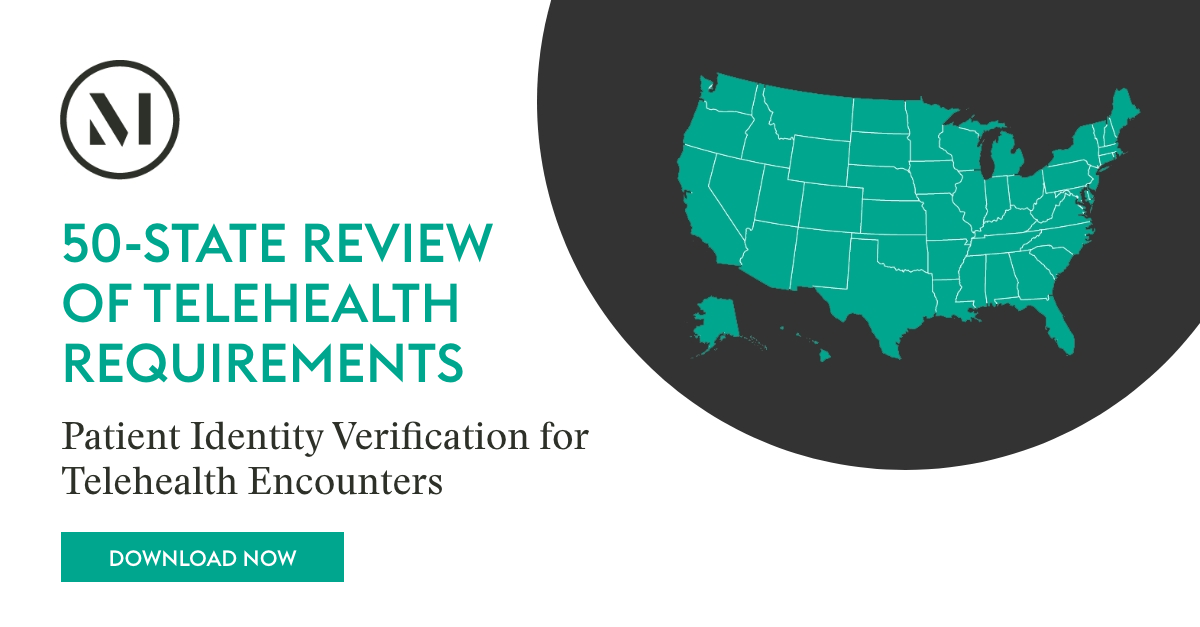Trending in Telehealth is a new series from the McDermott Digital Health team in which we highlight state legislative and regulatory developments that impact the healthcare providers, telehealth and digital health companies, pharmacists, and technology companies that deliver and facilitate the delivery of virtual care.
Trending in the past week:
- Interstate Compacts
- Medicaid Reimbursement
- Prescribing
- Health Practitioner Licensing
- Behavioral Health
A CLOSER LOOK
Finalized Legislation & Rulemaking: 10
- Virginia continues to have significant activity:
- The state’s legislature “enrolled” or agreed to the final version of the Counseling Compact (HB 1433). If signed by the governor, the bill will be effective on January 1, 2024.
- Virginia legislators also finalized a separate bill (SB 1119) which modifies licensing exceptions for out of state practitioners utilizing telemedicine for patients within the state who are in the same specialty and who belong to the same group practice. The bill was sent to the governor for approval on March 2, 2023.
- A third bill (HB 1602) approved by legislators among other things, amends the state Medicaid plan by specifying that a health care provider duly licensed in the Commonwealth who provides health care services exclusively through telehealth services will not be required to maintain a physical presence in the Commonwealth to be considered an eligible provider for enrollment.
- Colorado legislators passed bill (HB 1071) requiring licensed psychologists to obtain a prescription certificate from the Colorado Medical Board to administer or prescribe psychotropic medication via telepsychology. The bill was sent to the governor for approval on March 1, 2023.
- In Tennessee, the governor signed a bill (SB 1) prohibiting the use of telehealth services for the benefit of a minor with respect to a medical procedure related to discordance between a minor’s sex and identity.
- Utah legislators agreed to pass a bill (SB 237) that eases the supervision requirements for dental hygienists by authorizing the practice of dental hygiene in a public health setting without general supervision by a dentist, usually via teledentistry and electronic methods, and without a collaborative practice agreement with a dentist under certain conditions. The bill will be sent to the governor for approval.
- New York has finalized a rule (NY A 2200) providing for patient prescription pricing transparency through “real-time benefit tools” (RTBTs) which are electronic prescription decision support tools that can integrate with a health care provider’s electronic prescribing system. The rule parallels the Medicare Advantage and Part D Drug Pricing Final Rule published by the Centers for Medicare and Medicaid Services which require Part D plans to offer RTBTs to enrollees starting January 1, 2023 so that plan enrollees can access formulary, cost-sharing, and benefit information in real-time and potentially find lower-cost alternatives under their prescription drug plan.
Legislation & Rulemaking Activity in Proposal Phase: 17
Highlights:
read more


 Subscribe
Subscribe



